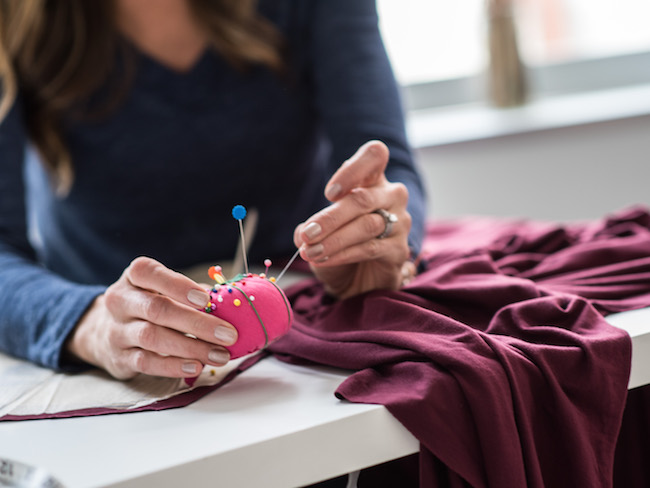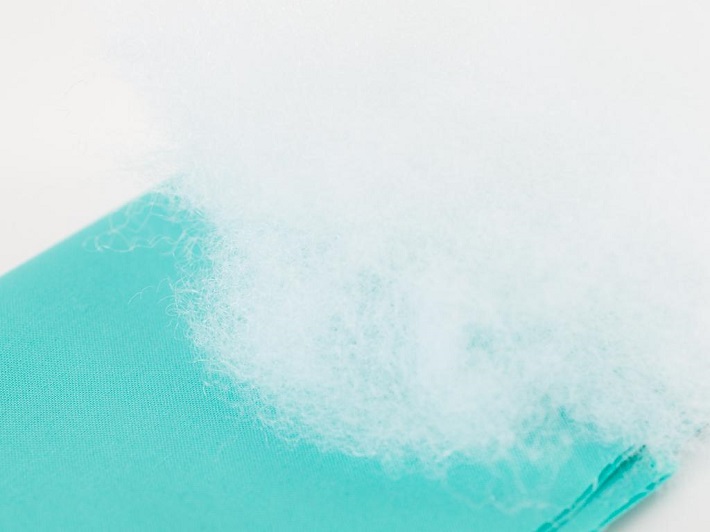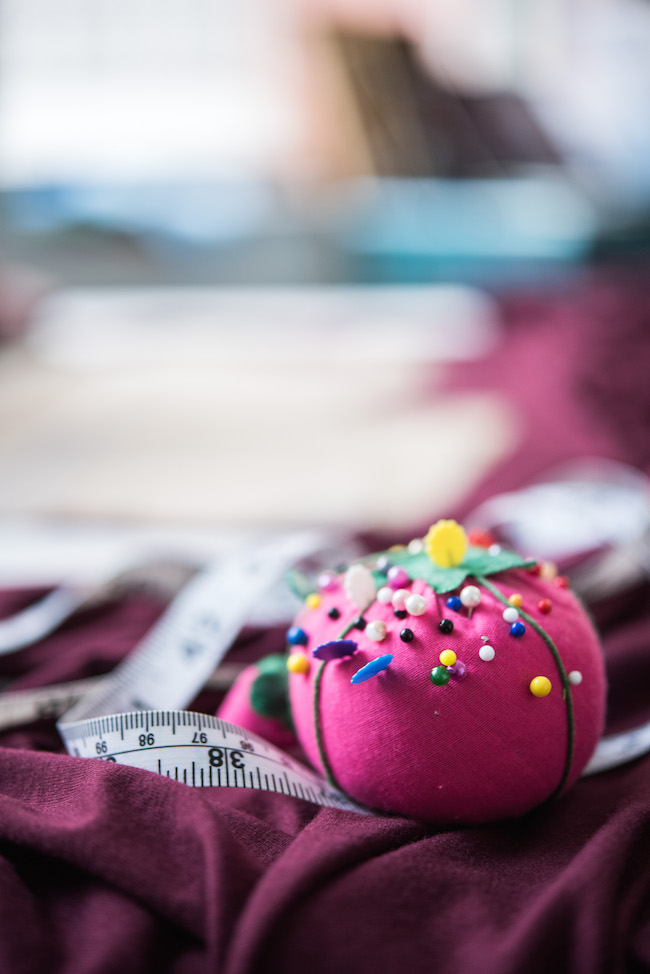For quilters and sewers alike, pincushions are not only necessary tools of the trade, but another item to personalize for the sewing room. While pincushions range from super simple to elaborate, they all serve an important purpose, so they’re worth doing right.

But the fun doesn’t stop at the design or the embellishment. What goes inside the pincushion is an important choice for anyone who wishes to get the best function out of their design. Not all pincushions are created equal when it comes to the stuffing.
Let’s review the most common types of pincushion stuffing and how to decide the best option for yours.
1. Cotton stuffing or batting


Cotton scraps, stuffing and batting are handy because most sewers and quilters have plenty in their stash. But cotton has drawbacks. It’s lightweight, and even when packed tightly into the cushion, it doesn’t give enough weight or stability to the pincushion. The cushion can be easily tipped or rolled when trying to add a pin or removing one. However, a lightweight stuffing won’t be a problem if you’re crafting a wearable pincushion bracelet, like the one below.
2. Ground walnut shells
The better option, chosen by many quilters, is finely ground walnut shells. These can be purchased in small quantities at many quilt shops and sewing supply stores. If you plan to make more than one pincushion, though, you might want to buy a large bag of these at the local pet supply store, where they’re sold as bedding for small animals. If you don’t want to store a large bag, scoop it out into baggies and share it with some friends!
The weight of the ground walnut shells will keep the pincushion in place during use, and the texture of the finely ground shells will help keep the pins and needles sharp. So it works for both functions and gives the shape of the pincushion a nice feel.
If you choose to use the ground shells, be sure to line the pincushion with muslin or batting scraps to prevent any leaks or seepage at seams. It is very easy to make a simple bag of muslin, fill it and then insert it into the pincushion before stitching the last seam closed.
3. Steel wool
A third option would be to use a steel wool pad. These can be found in the grocery store with the home cleaning products. Be sure to choose a product that does not have added chemicals or cleaners inside the pad. Just plain steel wool has the advantage of sharpening your pins and needles when used. It does have a bit of structure to shape your pincushion, but it will not add stability like the ground walnut shells will.
The disadvantages to the steel wool pads are that they are generally small and will fill only the smallest of pincushions. Using multiple steel wool pads will work, or you could use one in combination with other stuffings. Try adding one just to the top layer of your stuffing of ground shells or cotton and see if you like the effect. This will sharpen the needles without the difficulty manipulating several together. They can be abrasive to work with, so please use caution when handling them.

No matter what you choose to stuff your pin cushions with, these suggestions may give you an option not before considered. Whether you go with cotton, shells, steel wool or a combination of the three, make sure you stuff it tightly and close it securely for a durable finish. Your pins, your pin cushion and you will be very happy you did!

I have good luck using inexpensive uncooked white rice mixed with cedar shavings.